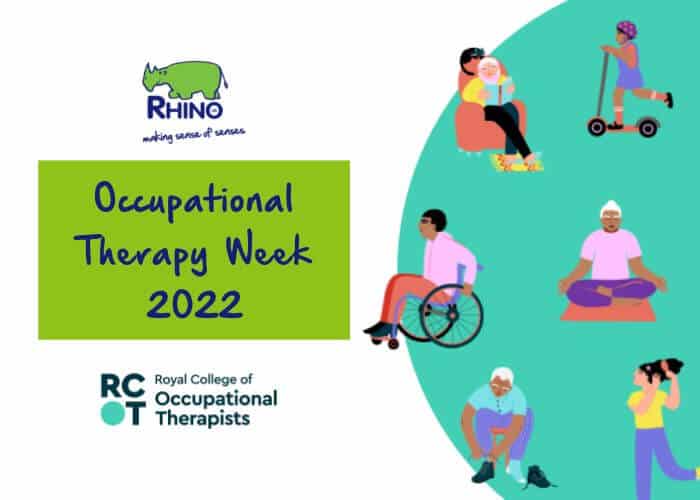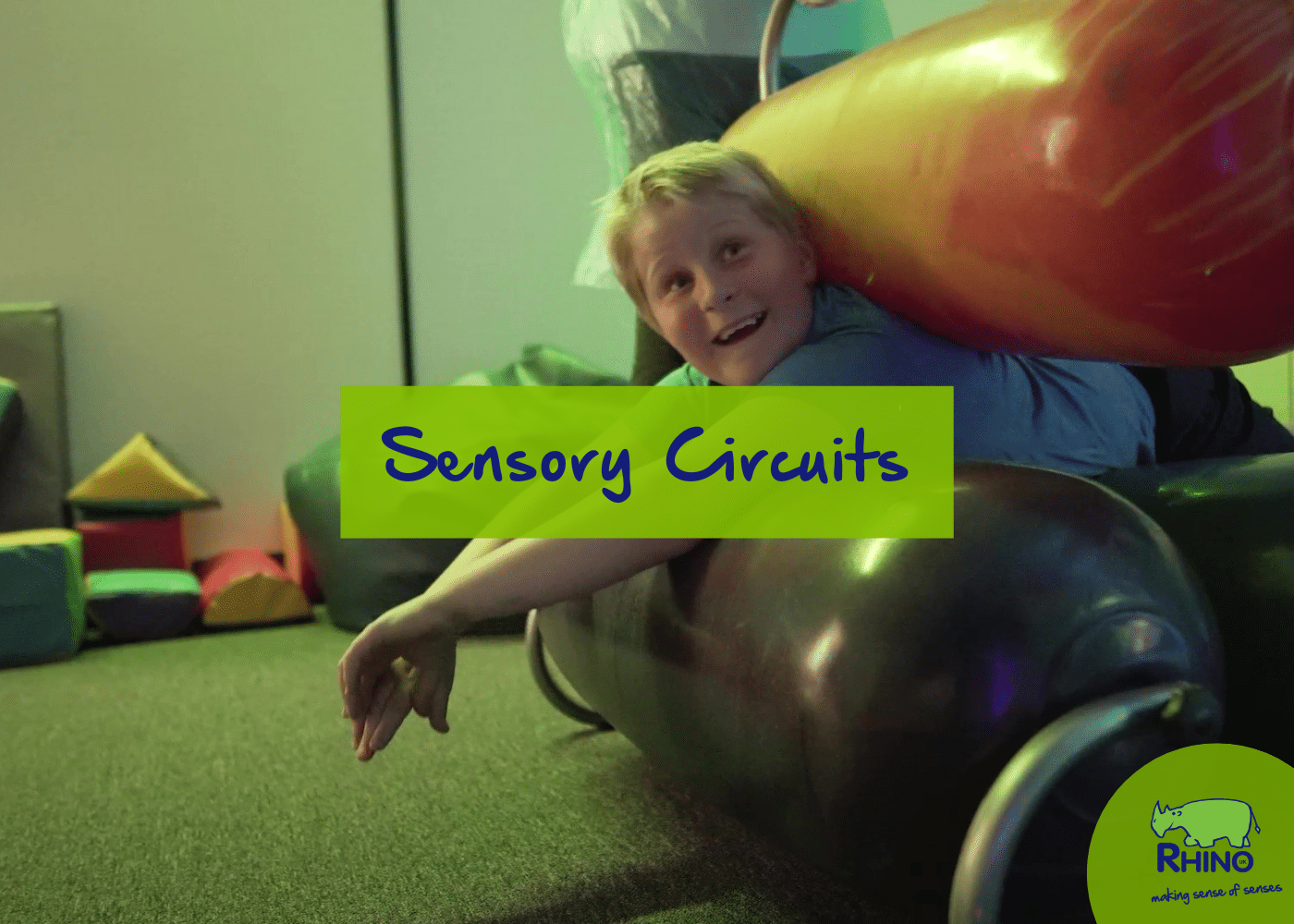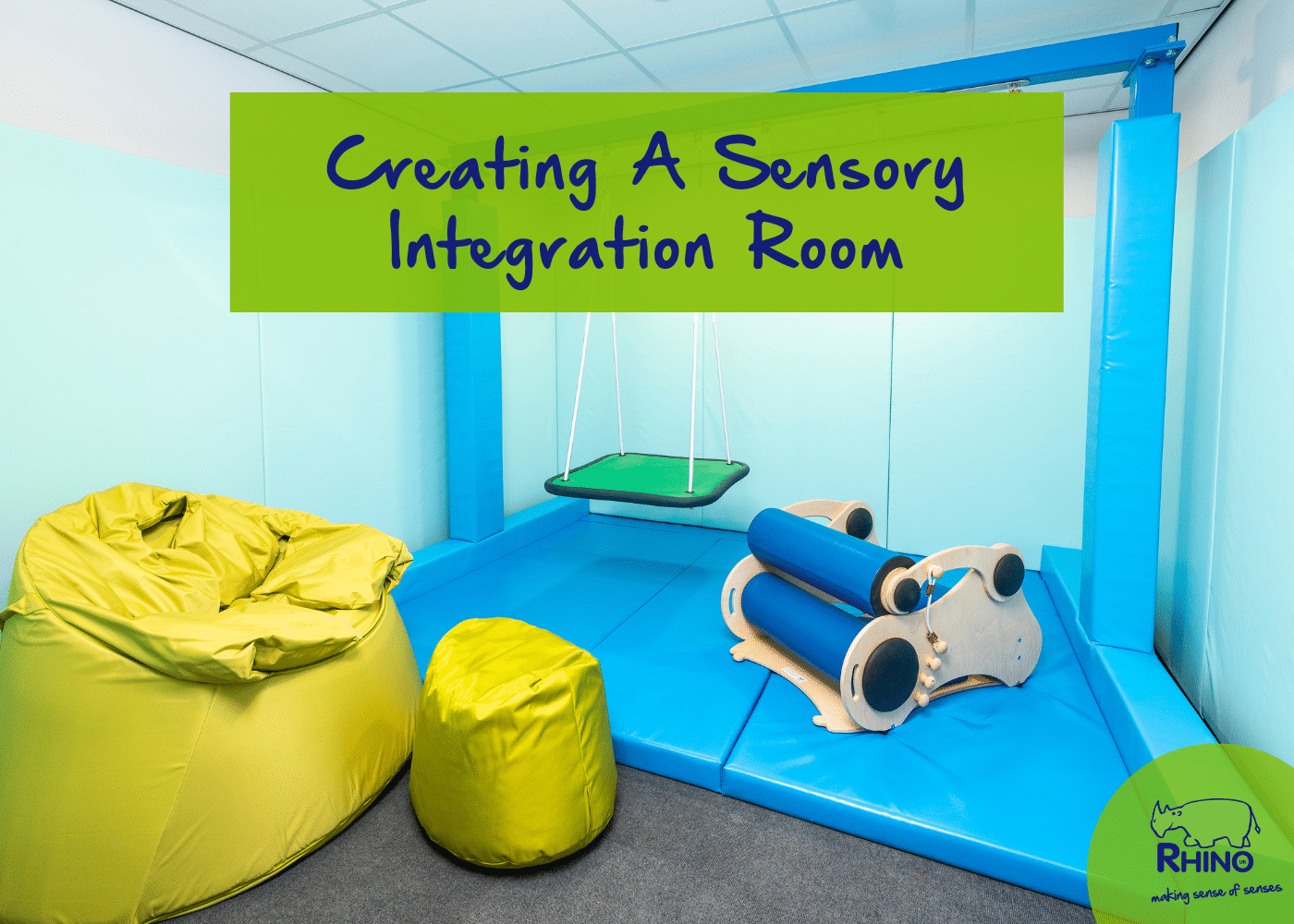It’s November – which means it’s time to celebrate Occupational Therapy Week!
The Royal College of Occupational Therapists created OT Week to bring awareness to OTs and all of the fantastic work they do. This year it runs from the 7th to the 13th of November.
It may only officially be a week, but we’re planning on celebrating the magic, wonder and support OTs provide for a whole month.
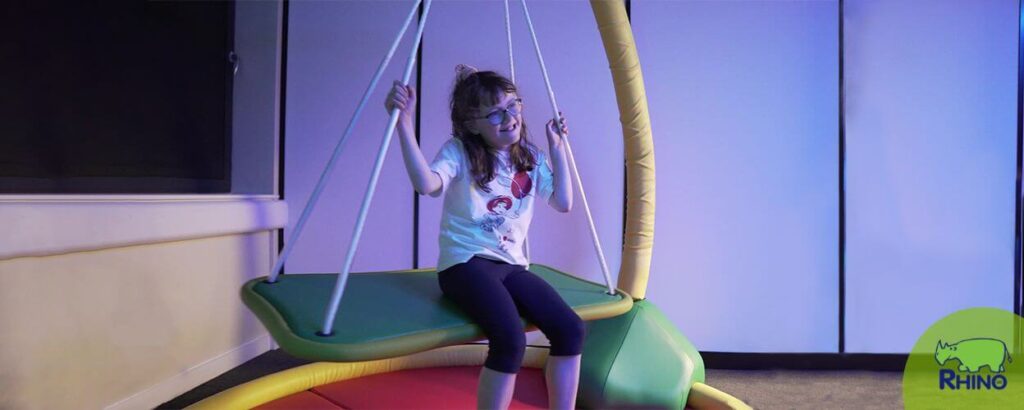
What is Occupational Therapy?
Occupational Therapy is a holistic, science-based type of physical and mental therapy that aims to help people live their best lives.
Through strengthening, balancing, calming, talking, learning, moving and thinking, occupational therapists give clients confidence in themselves and their bodies – boosting wellbeing and helping them on their path to independence.
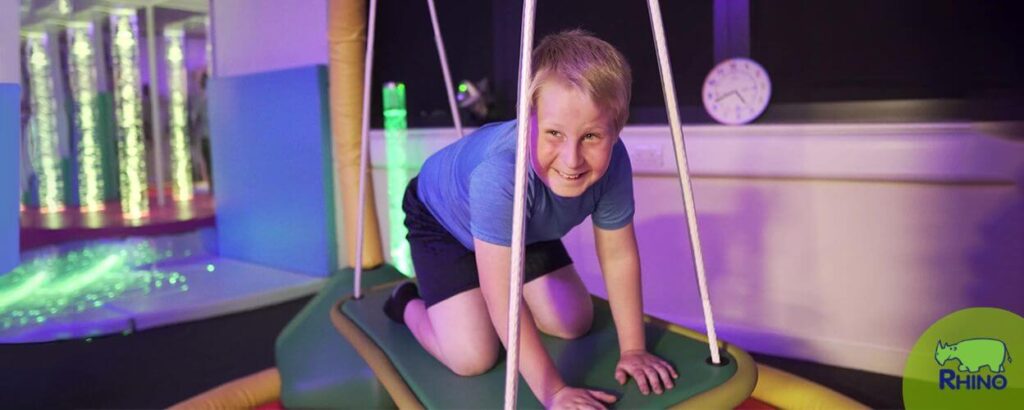
What is Occupational Therapy Week?
Occupational Therapy Week was created by the Royal College of Occupational Therapists to bring awareness to occupational therapists and all of the amazing work they do.
It’s an important time to celebrate, too, as the current political, social and economic climate has created an increased need for occupational therapy services.
Since the coronavirus pandemic, there has been an:
- 85% increase in the number of people seeking children’s services
- 82% increase in demand for OT lead rehabilitation services
- 55% of children and young people do not meet the recommended targets for physical activity
- 7 million people in the UK are chronically lonely, 1 million more than pre-pandemic.
To try and turn the tide on these depressing figures, this year’s OT Week Celebrations are about ‘Lifting Up Your Everyday’ – and how little things can make huge differences to your health and wellbeing in the long term.
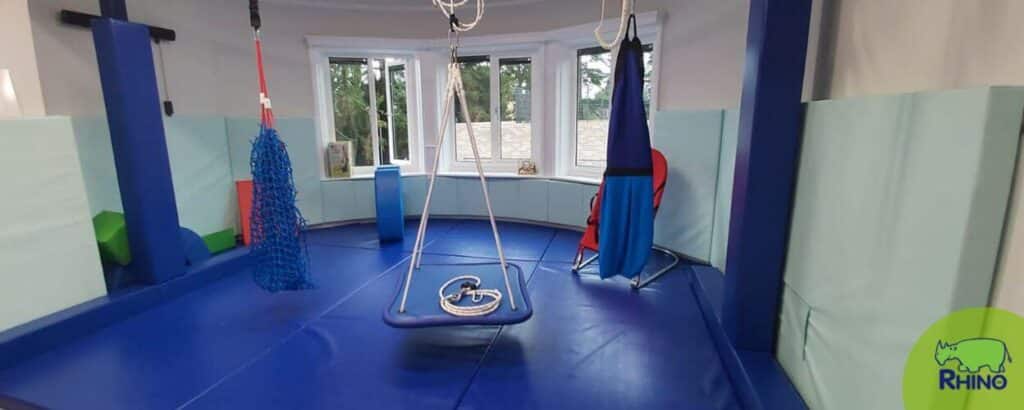
Rhino UK & Occupational Therapy
We’re proud to work alongside Occupational Therapists to help them deliver top-quality therapeutic services.
Whether we’re supplying portable resources for on-the-road therapists, designing and building state-of-the-art Sensory Integration Rooms for practical OT sessions, or advising therapists about which occupational therapy resources would best support their clients’ therapeutic needs.
We know that actions speak louder than words, so check out our video case study at More Rehab.
More Rehab is an occupational therapy centre that supports the south Yorkshire area with therapy, rehabilitation and physiotherapy services. We collaborated with their OTs to create an inclusive sensory integration space to be used by clients of all ages to develop their motor, balance and confidence skills.
Find out more:
- Get in touch to book a free sensory integration room design appointment
- Discover more about our Sensory Integration Rooms
- Explore our Occupational Therapy Resources Collection
